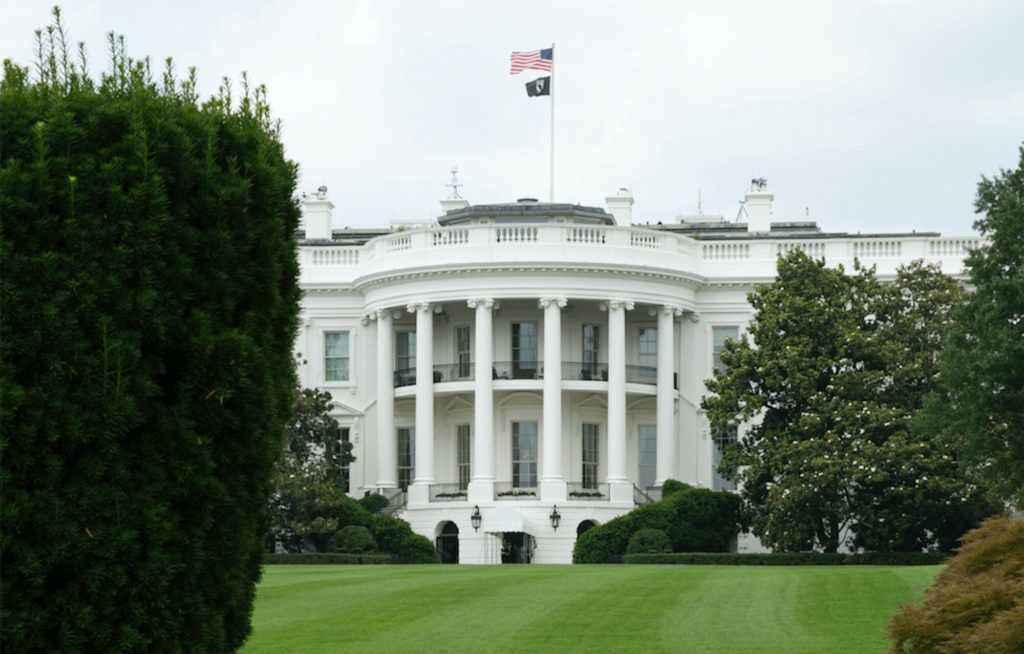
This story has been updated to reflect comments from the Partnership for Quality Home Healthcare.
Following the House’s lead, the Senate late Thursday voted to delay scheduled 2% Medicare cuts until 2022. The bill now heads to President Biden’s desk for his signature.
The action would delay the sequestration until March, when a 1% would kick in until June 30, and a 2% reduction would ensue until sequestration ends in 2023. The legislation also would delay Medicare PAYGO reductions totaling 4% until 2023. These cuts previously were slated to start on Jan. 1, 2022.
Home care providers were pleased with the move. The Partnership for Quality Home Healthcare noted that labor and administrative price trends in the home health sector have increased measurably in recent years, particularly with the onset of the COVID-19 pandemic.
“The Partnership applauds Congress for again extending sequestration relief as we continue to experience the higher costs of providing quality home healthcare, especially when it comes to our workforce,” said Joanne Cunningham, executive director of the Partnership. “The sequestration moratorium provided by Congress has been incredibly valuable to the home health sector due to the challenges of providing care during the public health emergency, coupled with the continued changes to Medicare home health payment policy. This continued relief will help to stabilize our sector as the costs of providing care to Medicare’s most vulnerable seniors continue to rise.”
Still, providers are pushing for a more permanent solution to sequestration. A 2011 law created budget sequestration, requiring spending reductions across the federal government beginning in 2013.
“Beyond the legislation currently on the floor, it’s important to understand that this debate about sequestration cuts to Medicare never ends,” Edo Banach, president and CEO of the National Hospice and Palliative Care Organization, said earlier this week. “In other words, legislation passed 10 years ago in an attempt to address the rising costs of healthcare failed to reach that lofty goal, and now it threatens the well-being of vulnerable Americans who are dependent on Medicare. The fact that we keep having this debate shows that annual, automatic, 2% cuts based on 10-year-old thinking have done nothing to address the core issues. It’s time for Congress to do away with the sequester and instead rethink an approach to controlling the factors that drive the cost of healthcare in this country.”
The PAYGO cuts are based on a law that requires increases in the deficit be offset by raising revenue or slashing spending. The COVID-19 relief legislation that took effect this year resulted in a larger budget deficit, leading to the spending reductions.


